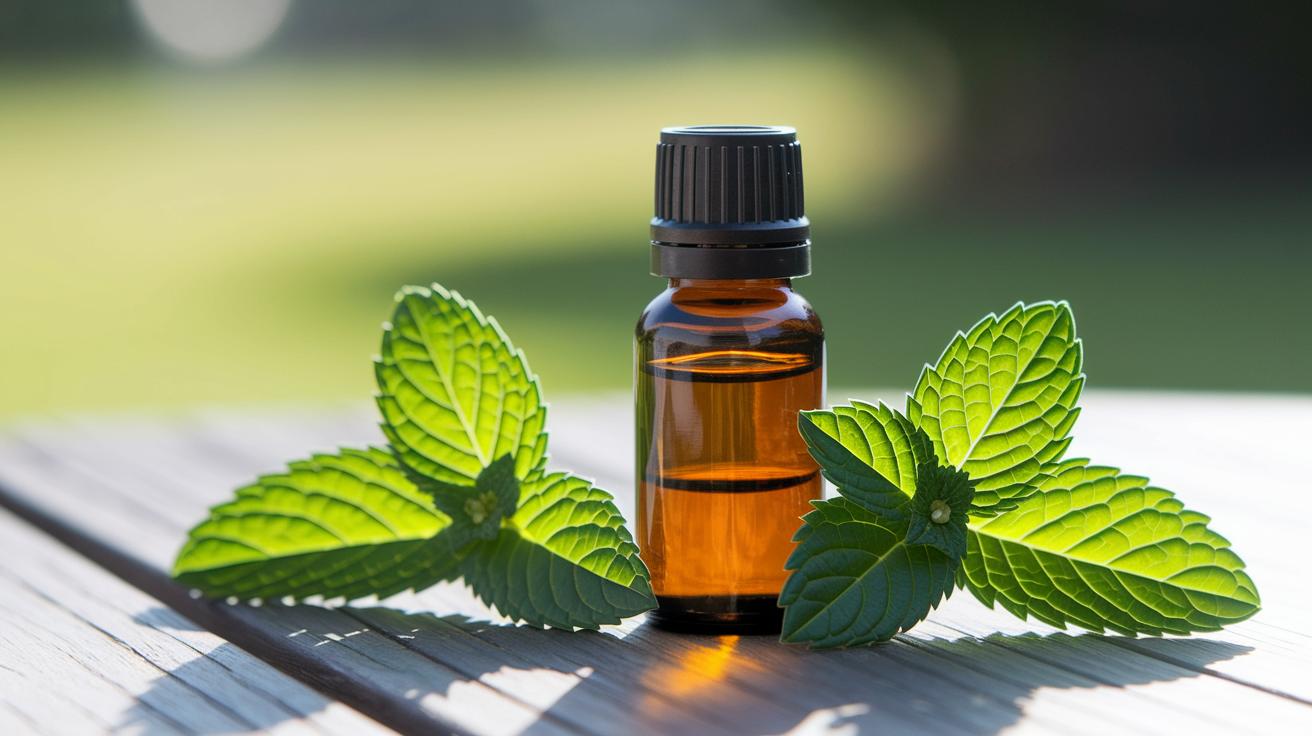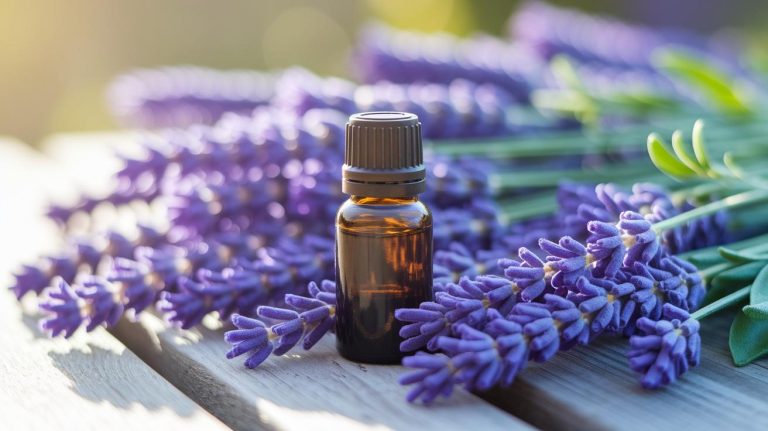5 organic peppermint oil Brings Instant Soothing Energy
Ever feel a midday slump like a fuzzy cloud slowing every thought?
Imagine swapping that haze for a bright burst of cooling mint.
Have you noticed how a crisp mint aroma ripples through your mind?
Organic Peppermint Oil offers a pure, pesticide-free rush of menthol (cooling compound) that gently wakes your senses and soothes frazzled nerves.
Just three tiny drops in your diffuser deliver a steady mist of minty energy you can feel in ten minutes.
Breathe.
Relax.
Next, we’ll look at how this peppermint oil gets certified for purity, gently extracted, and blended for quick energy and calm.
You’ll learn simple steps to add it to your daily ritual, um, it’s really easy.
Ready to feel that minty spark?
Understanding Organic Peppermint Oil Origins and Certification
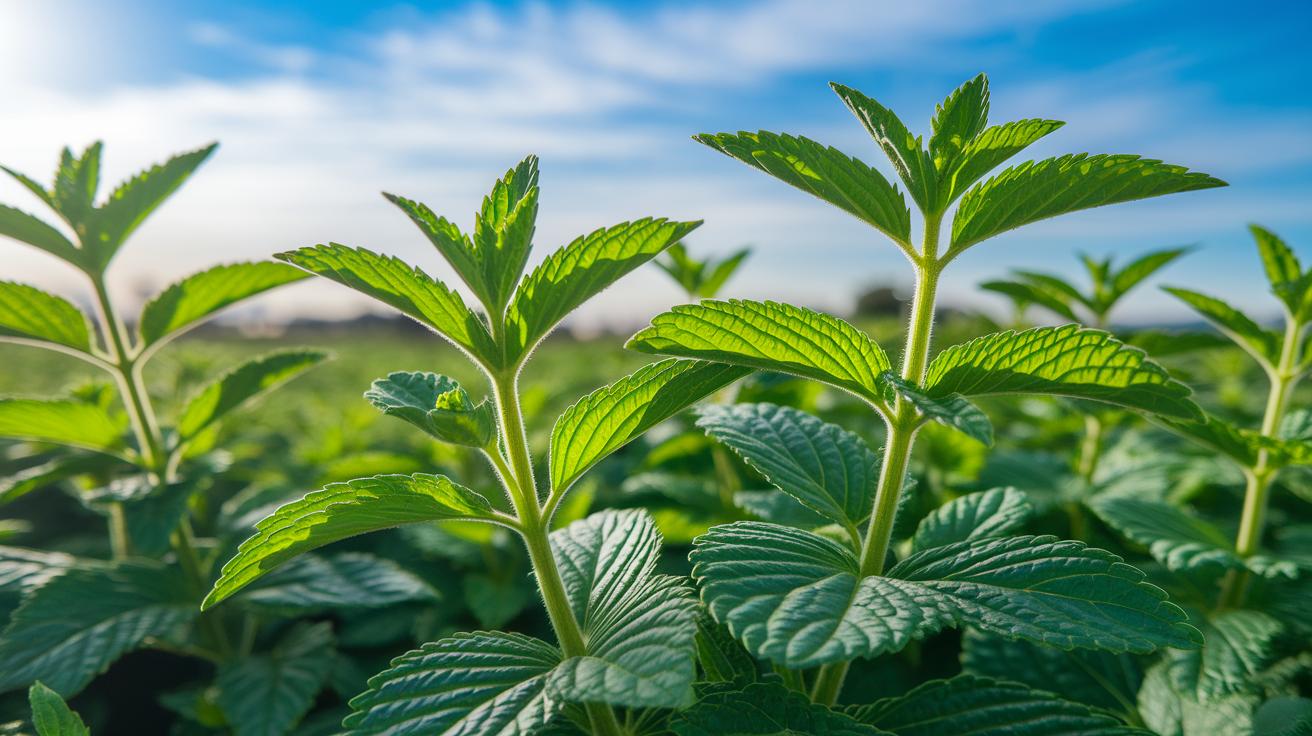
At Organic Aromas, our Organic Peppermint Oil comes from Mentha × piperita plants grown without synthetic pesticides, herbicides or chemical fertilizers. That means you get a pure, minty aroma you can trust for aromatherapy or cooking.
Our certified farms follow strict organic standards verified by USDA organic certification (the U.S. standard for no banned chemicals) or EU Organic audits (European checks on organic purity). Inspectors visit every year to check:
- Seed sourcing (where the seeds come from)
- Crop rotation (planting different plants each season)
- Soil health (tests to keep earth rich and alive)
- No use of prohibited chemicals
These yearly reviews help keep the soil diverse and thriving.
Extraction Methods Comparison
Next, let’s explore three ways we pull oil from peppermint leaves. Each method shapes the scent and menthol (cooling compound) levels a bit differently.
- Steam distillation (using warm steam to draw out oils) yields about 40–50 percent menthol but may soften some light top notes.
- CO2 extraction (pressurized carbon dioxide at low temperature to capture full aroma) preserves subtle scent layers and gives you a pure, clear oil with similar menthol content.
- Cold pressing (squeezing plant matter to release oil) is rare for peppermint but delivers a bright, fresh aroma with slightly lower menthol levels.
Pure organic sourcing means you enjoy crisp mint clarity and soothing coolness without any chemical residue. Try a mist in your favorite diffuser or add a drop to your next recipe. Have you noticed how one breath of peppermint can wake up your senses? Spa moment. Anytime. Breathe. Refresh.
Health and Aromatherapy Benefits of Organic Peppermint Oil
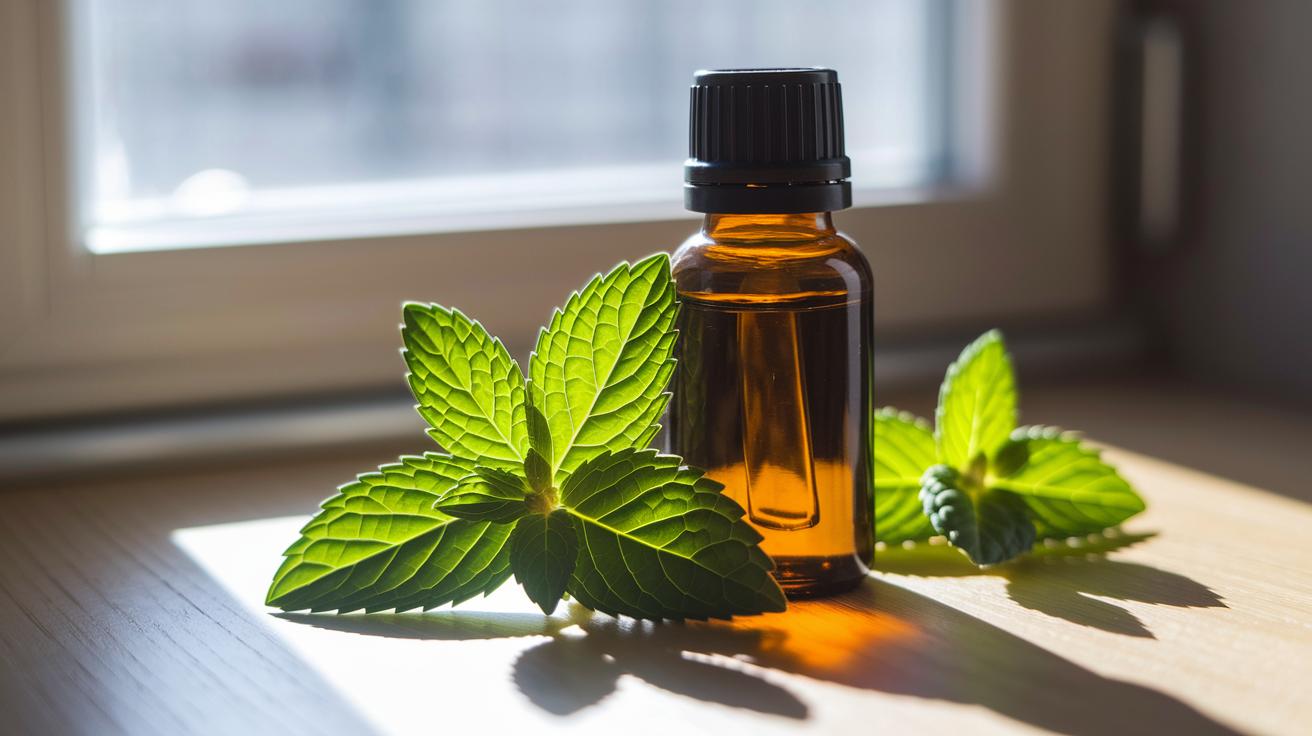
Have you felt how a crisp wave of cool mint drifts through your space? That’s menthol (cooling compound) at work in Organic Peppermint Oil. It swoops in to ease headaches or calm an upset stomach. Um, it’s like a little fresh breeze inside.
In your home office or spa corner, peppermint oil can chase away stress and sharpen your focus. Its bright, minty scent wakes you up and clears your mind, fast and gentle.
Want to dive deeper? Explore all the perks at aromatherapy peppermint benefits
- Headache relief: Rub peppermint oil on your temples to soothe tension and help clear your thoughts.
- Digestive calm: Place a drop on your belly to ease cramps and reduce bloating.
- Muscle comfort: Blend peppermint oil with a carrier oil (like jojoba) and massage sore spots for a cool, soothing ripple.
- Sinus support: Add a few drops to hot water and inhale the steam to help open airways.
- Stress-free blends: Mix peppermint with lavender in your diffuser for a gentle, minty calm.
- Focus boost: Combine peppermint and rosemary to spark alertness when you need it most.
Here are two simple ways to enjoy Organic Peppermint Oil from Organic Aromas:
- Diffuser mix: First add three drops each of peppermint and lavender to your Radiance® diffuser. Then let the fine mist fill your room for 15 minutes.
- On-the-go mint: Blend two drops of peppermint with one drop of lemon in your Mobile-Mini 2.0 and keep it near your desk.
Always follow our safety guide for proper dilution and enjoy the natural refresh you deserve. Breathe. Relax.
Culinary and Topical Applications for Organic Peppermint Oil
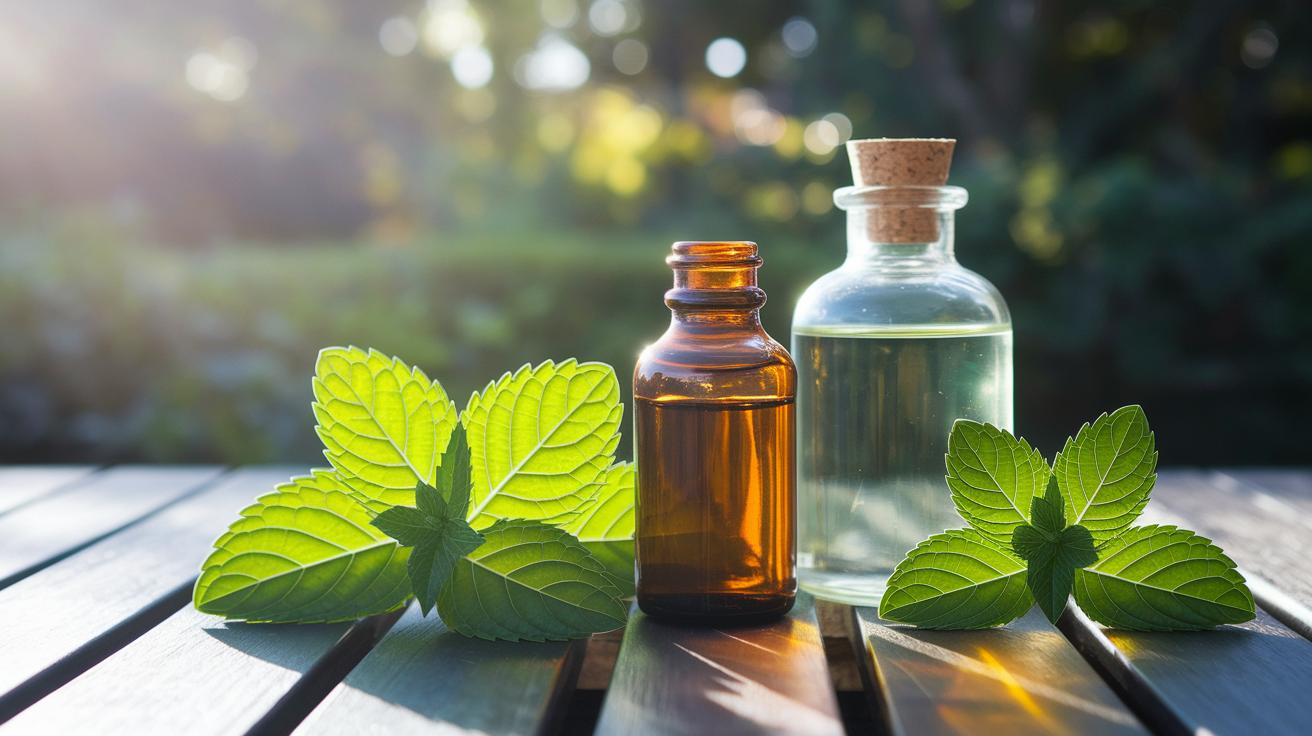
Have you ever added just a few drops of organic peppermint oil (pure peppermint essential oil) to brighten sweet treats and sauces? A tiny amount helps. About 0.05 to 0.1 percent of your recipe volume delivers a crisp mint note without stealing the show. Stir three drops into hot cocoa, whisk one drop into salad dressing, or blend a drop into your morning smoothie. These tricks freshen flavors and feel like a minty breeze on your taste buds.
Want a quick spritz to freshen linens or cool sun-warmed skin? Mix ten drops of peppermint oil with four ounces of distilled water and a splash of witch hazel (a gentle astringent). Shake gently and mist away.
For soothing skin and achy muscles, dilute peppermint oil to one to five percent in carrier oils (oils that help dilute essential oils) like coconut or almond oil. This cool blend soothes tension and adds a minty lift to your daily routine. Use it for massage rubs or body mists so your skin can relax. And don’t forget to follow purity guidelines and ethical sourcing, um, for the best results.
Cooling relief and a gentle glow.
Three DIY Formulas
-
Peppermint drink infusion: Add three drops of peppermint oil to eight ounces of filtered water. Shake well and sip for an instant cool lift.
-
Cooling face mist: Combine one percent peppermint oil with ninety-nine percent distilled water and a teaspoon of aloe vera gel in a spray bottle. Mist onto skin for a soothing feel.
-
Acne serum: Blend two drops of peppermint oil with ninety-eight percent jojoba oil and one drop of tea tree oil. Dab onto blemishes once daily to calm redness.
-
Always dilute peppermint oil to one to five percent in a carrier oil like jojoba, coconut, or almond.
-
Do a patch test on your forearm and wait twenty-four hours before wider use.
-
Use high-quality carrier oils for better absorption and skin calm.
-
Keep DIY sprays away from eyes and rinse immediately if they get too close.
Quality Assurance and Testing of Organic Peppermint Oil
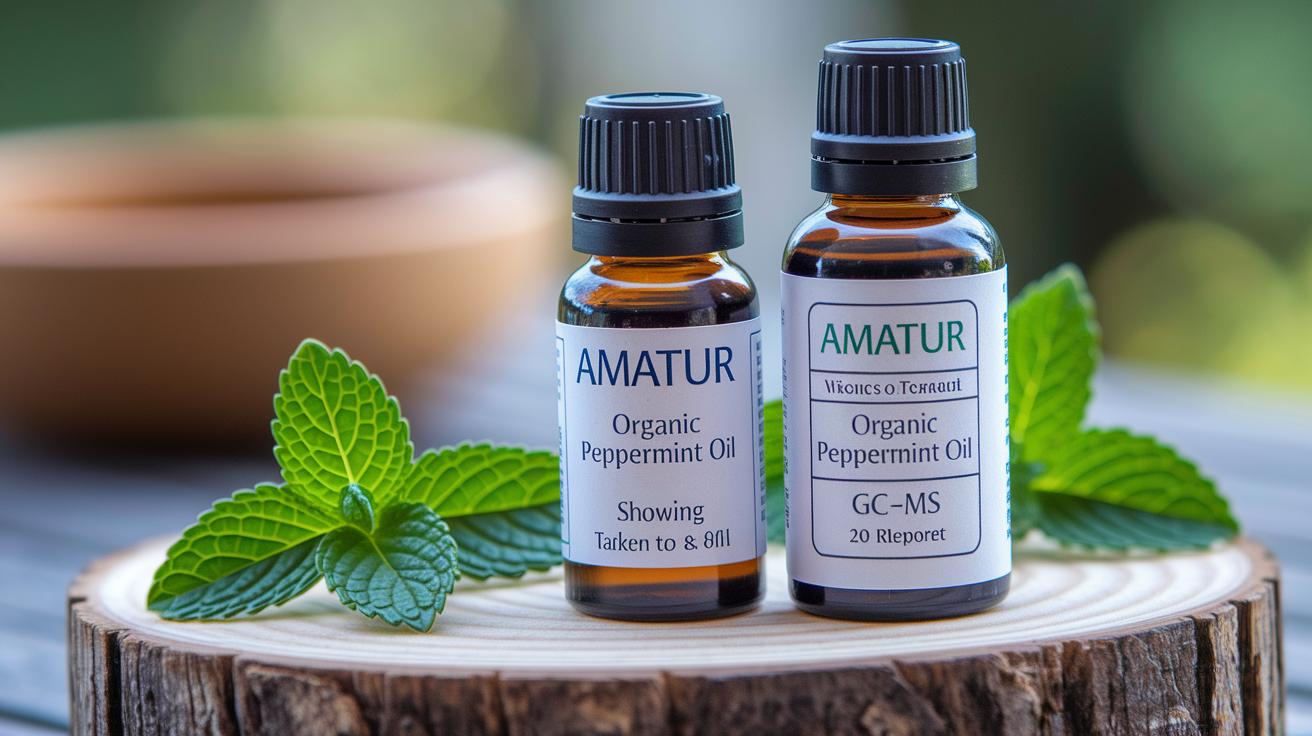
Testing your Organic Peppermint Oil helps you feel confident every time you unscrew the cap. Labs use GC-MS (gas chromatography-mass spectrometry) to gently separate and measure each compound in the oil. That tells you if your bottle is pure and how much menthol it holds.
Reports also show the oil’s color – clear to pale green – and confirm a fresh, crisp aroma without any stale or musty notes. Have you felt how that bright mint scent can wake you up? These steps guide you toward real peppermint essential oil and away from blends or added ingredients. So you won’t end up with a watered-down bottle that misses the minty coolness.
Curious about why third-party checks matter? See aromatherapy certification.
Here’s how to read and use those reports:
- Read third-party GC-MS reports: look for clear data showing 40 to 50 percent menthol and no odd compounds.
- Confirm source traceability and batch codes: you want to trace each bottle back to its farm and distillation date.
- Check cultivar origin and harvest date: fresh peppermint leaves usually give you a brighter, more cooling aroma.
- Spot organic certification logos: USDA Organic or EU Organic seals prove real standards were met.
Choosing certified peppermint oil means you can trust every drop. Every diffuser mist or kitchen recipe will give you genuine minty calm and that soothing lift you love.
Minty clarity.
Safety Guidelines for Using Organic Peppermint Oil
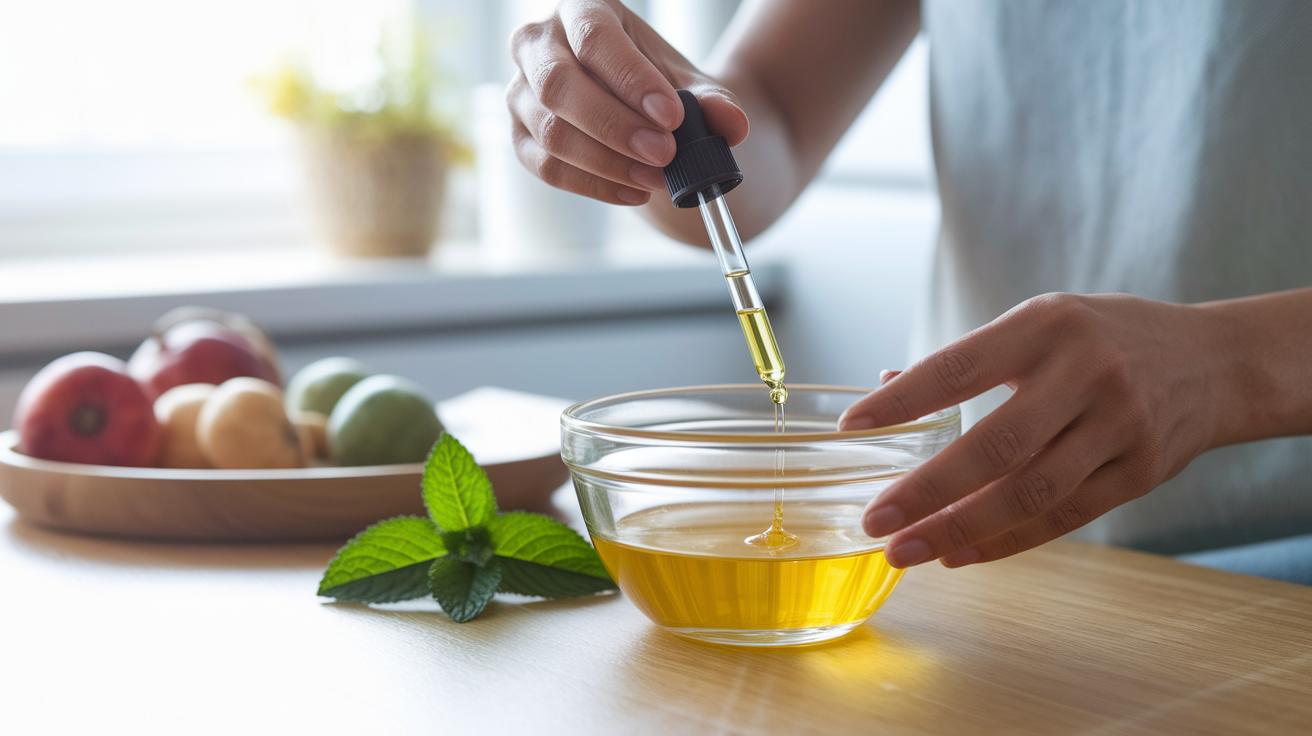
Have you felt the cool ripple of peppermint essential oil on your skin? It’s refreshing, but used straight it can irritate your skin or mucous membranes, leaving a cool burn or redness. So always dilute Organic Peppermint Oil with a carrier oil (a neutral plant oil that helps balance essential oils). Aim for a 1–5% blend, about one to five drops of peppermint oil per teaspoon of carrier oil.
Have you tried a patch test yet? Dab a drop of your mixture on your inner forearm. Wait twenty-four hours and check for redness, itch, or burning. If you notice any irritation, skip using it.
Safety first.
And please, don’t swallow pure or diluted peppermint oil unless your healthcare provider says it’s okay. Keep all peppermint oil blends out of reach of children and pets.
Here are a few friendly reminders:
- Avoid peppermint oil on children under two years old.
- Pregnant or breastfeeding? Check out our pregnancy precautions.
- Always test for allergies or skin sensitivity before you spread it more widely.
- Keep the oil away from eyes and mucous membranes.
- When diffusing, use 2–3 drops of Organic Peppermint Oil per session.
If anything doesn’t feel right or you have questions, talk with a healthcare provider before using peppermint oil.
Storing and Packaging Tips for Organic Peppermint Oil
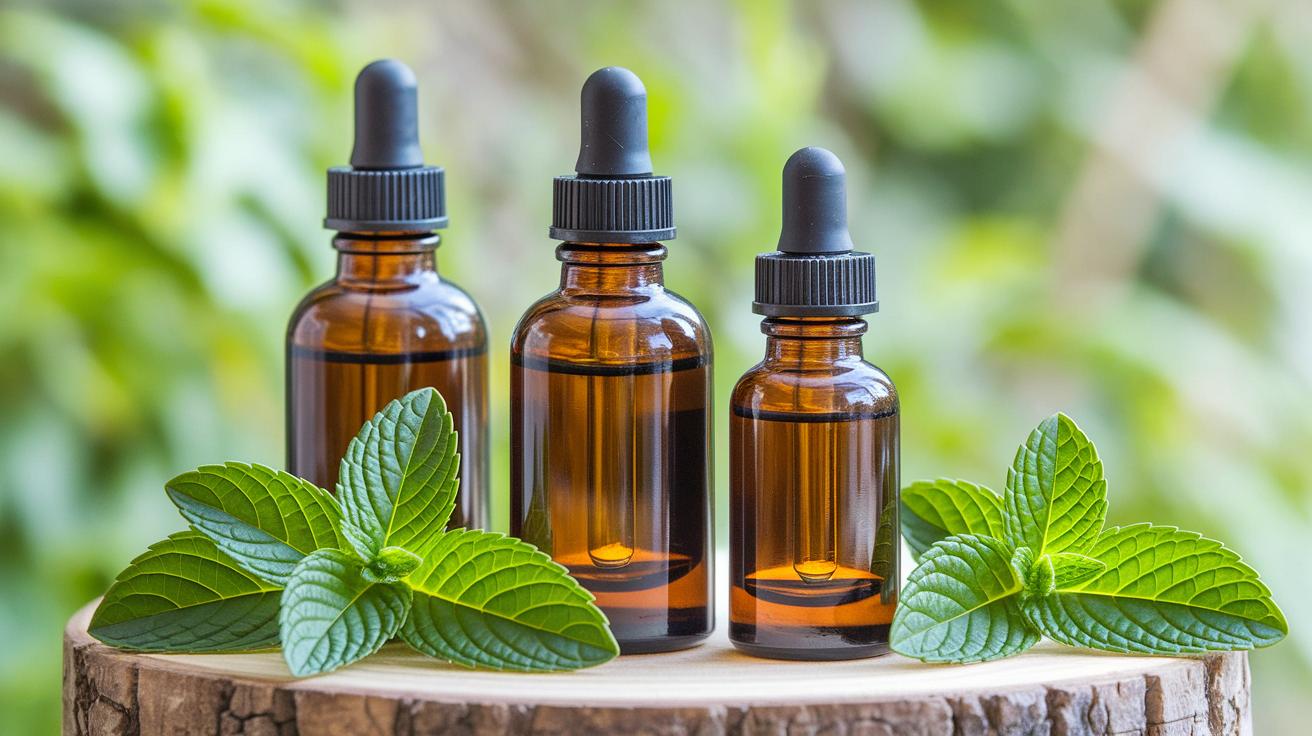
It’s tempting to leave your Organic Aromas Peppermint Oil on the counter. But light and heat can break down its freshness and potency. We want that crisp, bright mint aroma to last.
- Pick an amber glass bottle with a tight cap. It keeps UV light out and holds in the minty aroma.
- Use a dropper cap with an orifice reducer (a small opening). You get one drop at a time and waste less oil.
- Label each bottle with its harvest date and an expiry date. It’s a quick step that keeps you safe and organized.
- Choose recyclable or refillable packaging. It helps cut down on plastic and honors our planet.
With these simple steps, your peppermint oil will stay fresh for up to 18–24 months. Then you can enjoy a cool, calming mist whenever you need it.
Purchasing and Pricing Guide for Organic Peppermint Oil
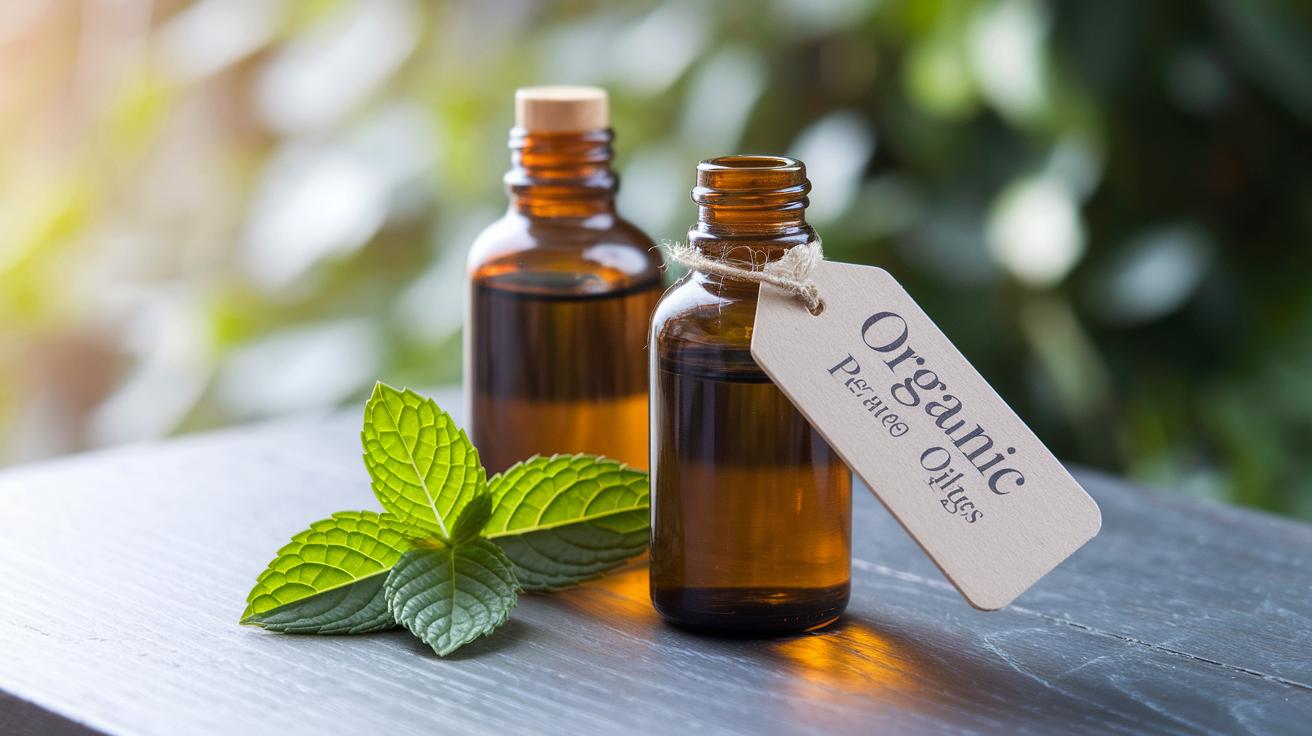
Have you ever smelled that crisp, cooling peppermint mist? Certified organic peppermint oil usually costs between $10 and $30 for a 10 ml bottle. But if you buy in bulk, that price can drop to about $0.50–$1 per milliliter. That’s serious savings for a steady wave of minty freshness.
So what about purity? Look for GC-MS (gas chromatography-mass spectrometry) reports. Think of them as a batch’s health check showing exactly what’s inside. Many top brands share these reports right on their site. And reading customer reviews gives you real stories about the aroma and tingle you can expect.
Here’s a quick peek at popular brands and their specs:
| Brand | 10 ml Price | Menthol % | Certification |
|---|---|---|---|
| Organic Aromas | $20 | 45% | USDA Organic |
| Peppermint Pure | $15 | 42% | USDA Organic |
| GreenMint Co. | $12 | 40% | USDA Organic |
| MintLife Organics | $25 | 48% | EU Organic |
Breathe. Relax. A few friendly tips:
- Check tiered or wholesale pricing if you want a better per-milliliter rate.
- Skim review summaries to see how others describe scent and strength.
- Pick bottles made of recyclable glass with simple labels for eco flair.
Final Words
You’ve learned about organic peppermint oil origins and what makes it pure. You saw how farms earn USDA approval and how distillation, CO₂, and cold press shape menthol levels.
Then we explored health perks, from cooling headaches to boosting focus, plus tasty drops in drinks and safe skin blends.
We covered testing steps, storage tips, and smart buying pointers too.
Enjoy the crisp aroma and natural calm of organic peppermint oil in your home. Breathe easy and smile.
FAQ
What is organic peppermint oil?
Organic peppermint oil comes from peppermint plants grown without synthetic pesticides, herbicides, or fertilizers. It offers a fresh mint aroma and 40–50% menthol content for natural cooling relief.
How is organic peppermint oil certified?
Organic peppermint oil earns USDA or EU Organic certification through regular farm inspections that verify soil health, crop rotation, and the absence of synthetic chemicals.
How do steam distillation, CO₂ extraction, and cold pressing compare?
Steam distillation uses heat and vapor for high menthol yield, CO₂ extraction uses cold pressure for a pure, full-spectrum oil, and cold pressing offers a lighter aroma with lower menthol content.
What health and aromatherapy benefits does organic peppermint oil offer?
Organic peppermint oil offers cooling relief for headaches, muscle tension, and digestive discomfort. Diffusing small drops can boost mental clarity, ease stress, and clear nasal passages.
How can I use organic peppermint oil in cooking and on my skin?
You can add 2–3 drops per 8 ounces of water or 0.05–0.1% of a recipe for minty flavor. For skin, dilute 1–5% in a carrier oil like jojoba or coconut.
How can I verify the quality and purity of organic peppermint oil?
You can check third-party GC-MS reports for 40–50% menthol, review batch codes and harvest dates, and look for USDA or EU Organic logos from traceable suppliers.
What safety guidelines should I follow when using organic peppermint oil?
You can dilute 1–5% in a carrier oil and patch-test on skin. Keep oil away from eyes and mucous membranes, limit diffuser drops, avoid use on children under two, and consult a doctor if pregnant.
How should I store organic peppermint oil to keep it fresh?
You should store oil in an amber glass bottle with a tight cap, away from light and heat. Label with harvest and expiry dates. Proper storage keeps oil fresh for 18–24 months.

